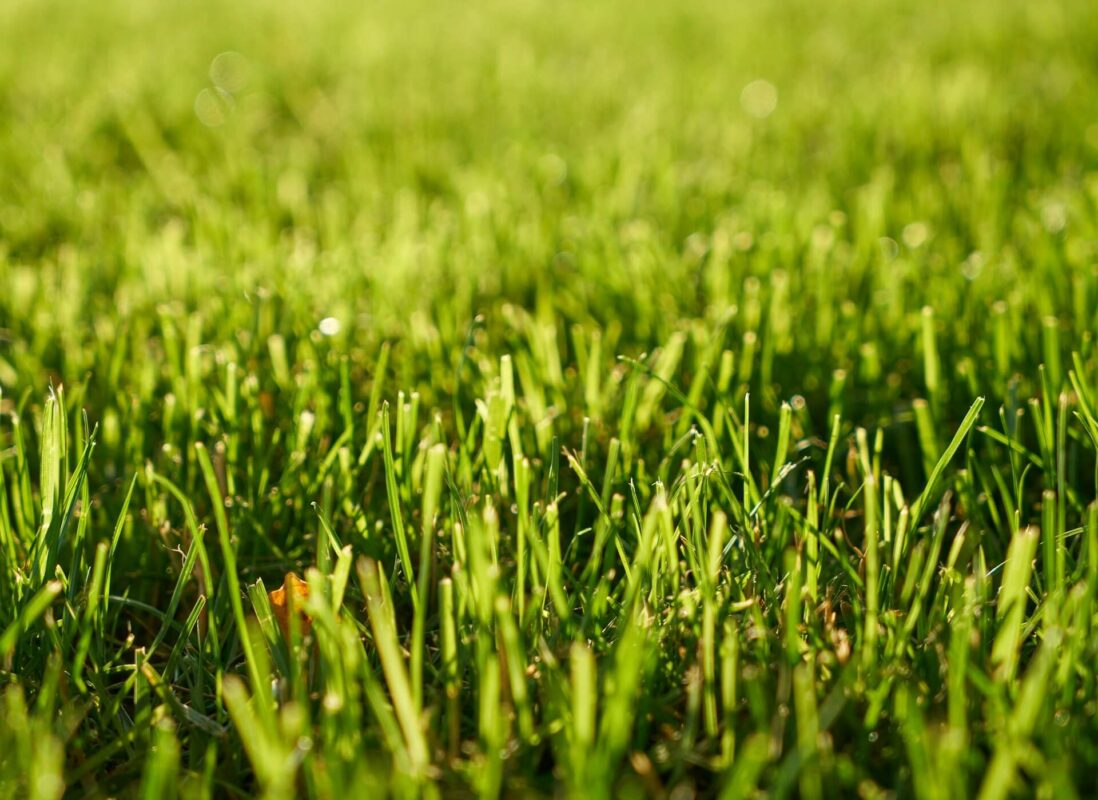How Wheat Survives the Winter

Hello All!
Before we talk about how wheat survives the winter, let’s discuss which wheats even need to survive the winter. Some wheats are planted in the spring and are harvested in the fall, which means they don’t weather the winter months. Winter wheat is planted in the fall and harvested in early summer. Here are two examples of wheat grown in the winter:
Hard Red Winter – Hard Red Winter wheat is the most popular variety of wheat in the United States. It accounts for around 40% of U.S. production. HRW has a high protein content and is a common ingredient in breads and all-purpose flour. Hard wheat generally has a higher gluten and protein content.
Soft Red Winter – Soft Red Winter is the third largest wheat market in the U.S. It is a “soft” wheat because of its lower gluten content.
Hardiness of the seeds:
The winter wheat seeds are planted in the fall. They spend their first few months of life growing into little seedlings. They grow their stems and leaves, and then the crown, followed by a second root system. During this time the seedlings are storing energy and nutrients to bunker down for the winter. Generally, if the seedlings have 5-6 leaves grown, they will have enough nutrition to survive the winter. While the temperatures drop, the seedlings gradually get used to the cold. Depending on the species and if they have the genes to do so, the plants will start to produce an “anti-freeze” type substance to help them weather the winter.
The roots:
If the plants don’t develop good roots during the fall, they normally won’t be able to survive the winter. Take into consideration that just because the plant above the soil is growing tall, that doesn’t mean that the plant under the soil has deep roots. If their root system, their crown and the amount of plant above soil is good, they will tolerate the winter better.
Soil Temperature:
If the snow starts coming down early in the fall and significantly lowers the temperature of the soil, it could kill the wheat off prematurely. The more moisture the soil holds, the colder the plant can handle before damage occurs.
Disease and Insect Damage:
The plants could very well be killed off by insect or disease, even when the winter is at prime temperature and snow cover. Worms also can harm the crop. If you see any patches of crop missing or not growing, you may have a disease or insect issue. Also, pay attention to the leaves of the crop. This type of damage normally occurs in the warmer months.
Even if the plants survive winter, they could still die:
Symptoms will be more obvious when the weather warms up and plants start to grow rapidly (green up) in early spring. If the plants freeze during the winter, they won’t green up in the spring. However, if they suffer from damage of any kind they may still green up, but then won’t be able to grow due to the damage, and will slowly die as time goes on. The second death is more common than just freezing and dying.
Let’s get to growing,
Corryn
References:
Soft Red Winter Wheat. (n.d.). Retrieved March 30, 2018, from https://limagraincerealseeds.com/products/soft-red-winter-wheat
The Difference Between Hard & Soft Wheat. (n.d.). Retrieved March 28, 2018, from https://sciencing.com/difference-between-hard-soft-wheat-8166495.html
Photo by https://www.topcropmanager.com/seeding-planting/growing-winter-wheat-this-fall-20195
